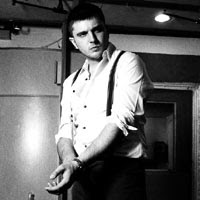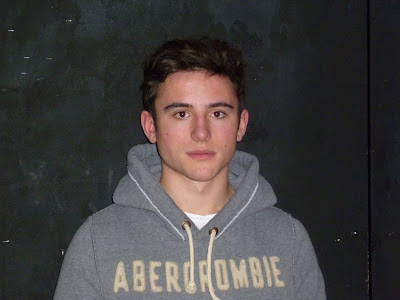
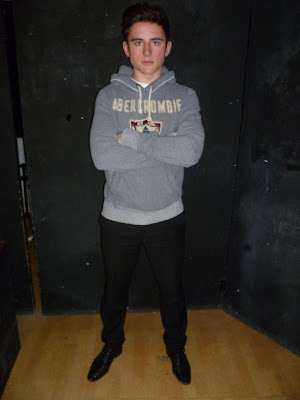




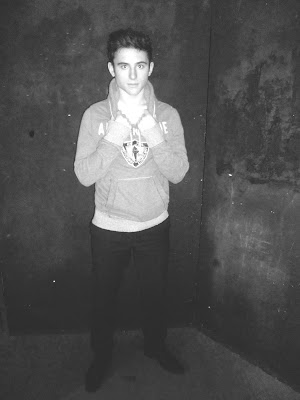

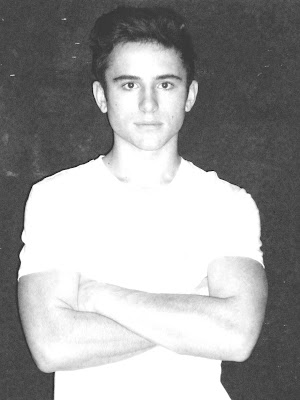
Here is our back cover to the Digipak I believe that the simplicity of the image works well as it allows room for the track names.

From research it was difficult to state which conventions each inside of the album contained as each had different. The inside sleeves I found contained: an image of the band, a list of tracks from the album, a plain colour.
However a majority contained detials about the arists record label, copywright, websites and production information.

Here we placed the CD disc cover ontop of the inside panel to see how it would look when placed inside the Digipak

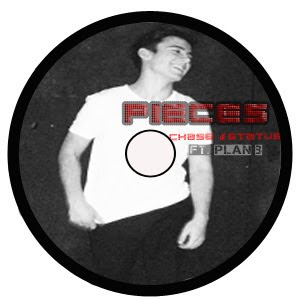




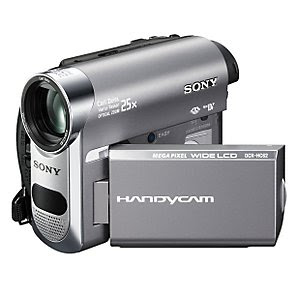
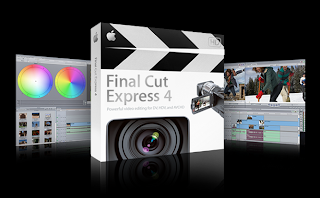
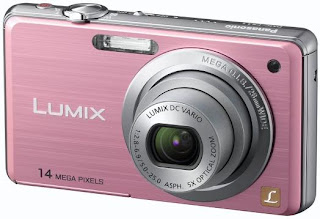




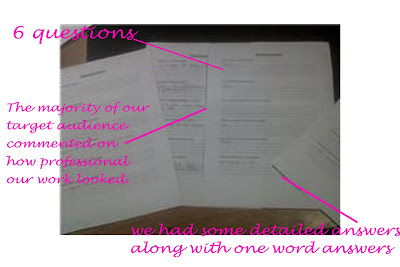

Throughout all of our products from our video to the inside of our album we tried to maintain a brand identity. A brand identity is to represent our artist's values, services, ideas and personality. A consistent and well-positioned brand can do our advertising, it can generate loyalty from your customers.
Wouldn't you think of brand identity as just a logo?
Maybe that's how it starts out for most companies across all different types of businesses but for us it goes way beyond being ‘just a logo'. Obviously, there can be a logo, a distinctive font and colour scheme, but it's how we choose them and pull them all together that sets us apart.
We aimed to create this brand identity for our artists through all our products. I think we have done this as a team making sure everything relates; we used our target audience for feedback.
When showcasing our final cut to our target audience we asked the audience to fill out a questionnaire. One of the questions asked 'Do you think our ancillary tasks linked to our video?".
In conclusion I think music videos would not have the power to attract without:
Throughout the video we ensured that the audience are 'hearing what they're seeing'. Therefore we made the editing of the video show this. The song 'Pieces' has changes of pace throughout which meant the pace of the editing changed dramtically throughout. The begining of the song presents a slow place, therefore the use of dissolve transistions such as cross disolves empasised the slow editing. The cross dissolves when the song commences suggests the shot is a flashback.
However the postion and body language of the characters indicates that his memory only allows him to remember the less happier times of their relationship. The quick short cuts created a intense situation, this is also emphasised by the use of the strobe light.
